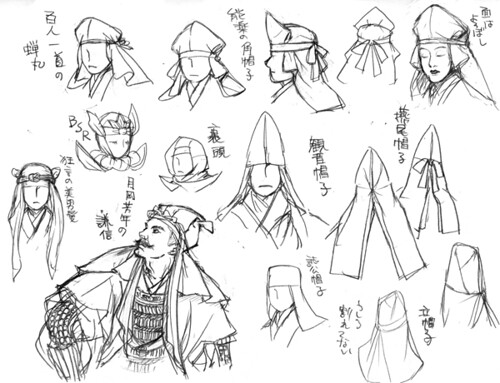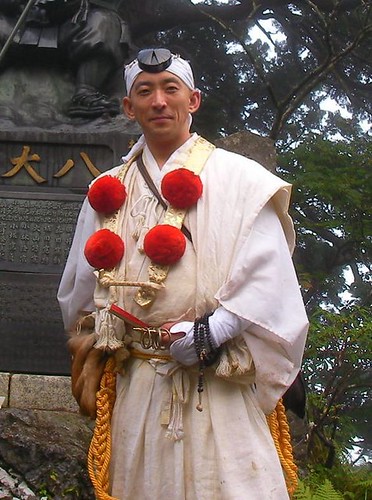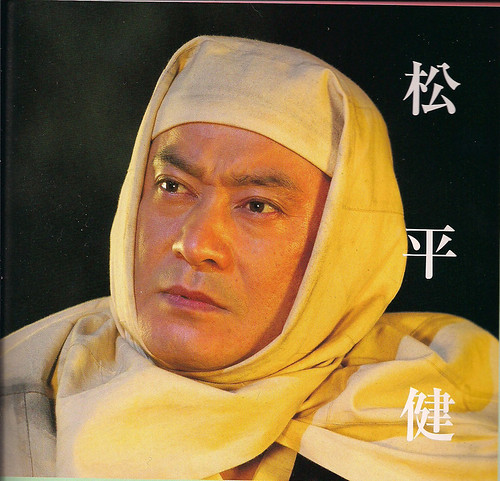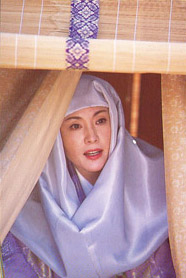So a question came up on the SCA-Japanese page about a certain print of the famous general, Uesugi Kenshin. Here is the picture posted:
This depiction is by the artist Utagawa Kuniyoshi, from the book “Stories of 100 Heroes of High Renown” published in 1843/1844. The question regarded the headwear that Kenshin was wearing. Was it some kind of zukin?
First off, probably not a zukin, as those are much more simple in design. There are a few options that occurred to me.
It could be a Kato-no-kesa, which I have written about previously here and here. As Kenshin was famed for being a devout Buddhist, it would not be unheard of for him to wear a kato-no-kesa into battle.
However, I looked around at other depictions of Kenshin. In some, it is obvious he IS wearing kato-no-kesa, such as this statue of him which stands on the site of the ruins of the former Kasugayama Castle.
 Photographer unknown.
Photographer unknown.
However, other pictures depict him wearing what is clearly a sunboshi 角帽子 “peaked hat”, like this statue that stands at the Uesugi Jinja Shrine in Yonezawa, Japan.

パブリック・ドメイン, Link
Several years ago, I stumbled upon a picture on Pixiv where an artist had drawn several varieties of mosu (which is simply another pronunciation of boshi 帽子, which just means “hat”, however, it is only utilized for Buddhist headwear–no written source for that fact, I learned that from a Japanese professor I was talking to at a convention. If you look at the Chinese pronunciation of that kanji, you can see how that term evolved). It’s really a remarkable drawing, showing these various Buddhist headdresses from several angles. I didn’t find the artist’s name, but I did manage to pin down the blog it originally came from (not where I found the image originally), which is here. Hasn’t been updated in a few years, though.

Looks to me like Kenshin is wearing a variation of that. The peaked hat you see on the top row is sunboshi 角帽子 “peaked hat”, as mentioned above, but if you search in Japanese with that word, it LITERALLY MEANS peaked, so hats with horns or cat’s ears and such are also included in the term.
So it could be in Kuniyoshi’s depiction of Kenshin, he is either wearing some kind of mosu or it could be a sunboshi that was folded over and tied down. It’s hard to tell due to the stylization, but with the side-flaps in the picture, I’d lean towards maybe a sunboshi. OTOH, the way the headdress flares out seems more like kato-no-kesa to me.
So in conclusion, I’m not sure 100%. Kenshin probably wore both at one time or another. Although in this portrait from the Niigata Prefectural Museum of Modern Art that was painted much closer to his lifetime, he was depicted with no headdress at all!

By Muromachi-period artist – http://www.suntory.co.jp/sma/jp/merumagakaiin/vol49/index.html, Public Domain, Link





